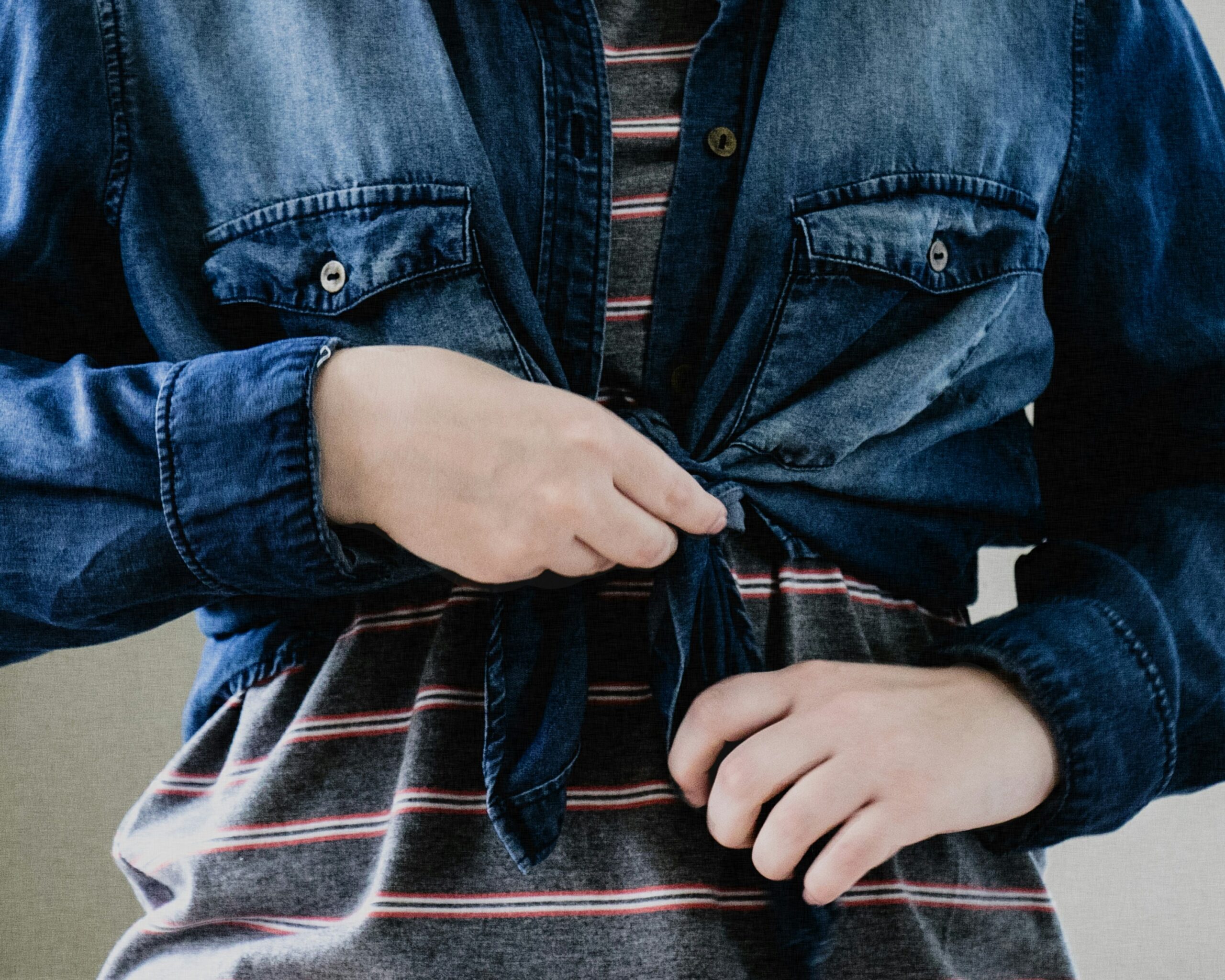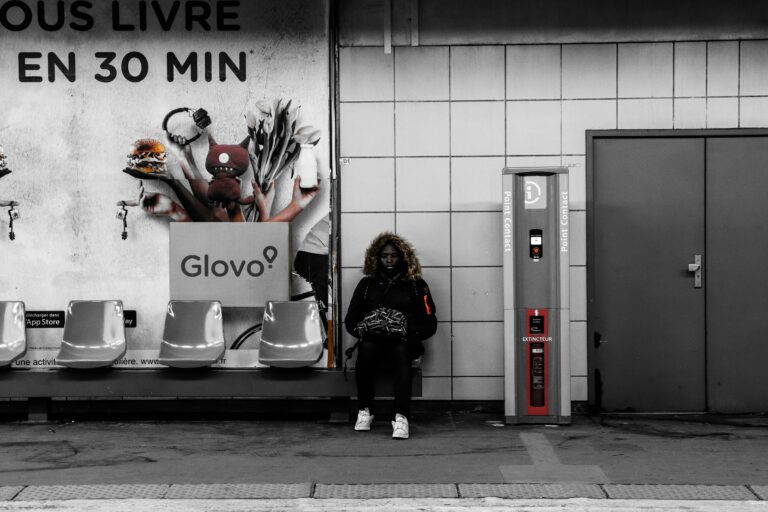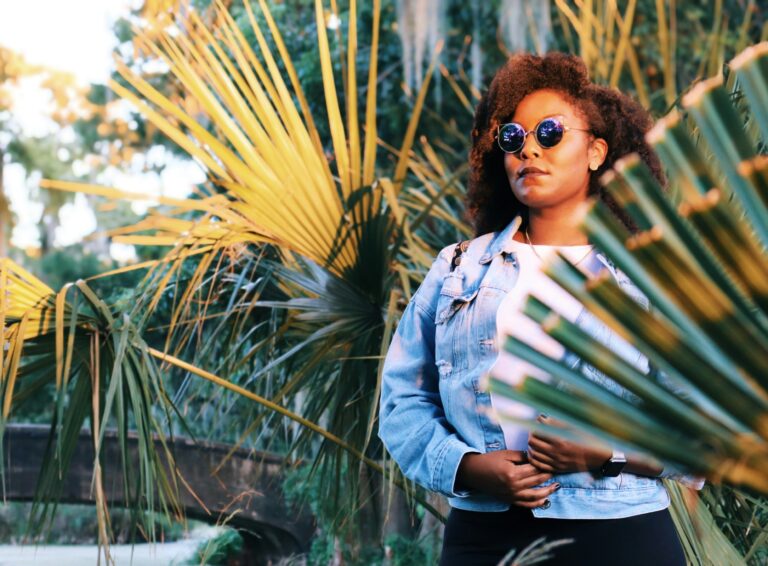Explore key fashion industry challenges in 2025, including apparel recession trends, supply chain shifts, sustainability struggles, and fashion insights for brand growth.
Fashion Industry Challenges in 2025: Insights Into Apparel Trends and Recession Resilience

The fashion industry challenges of 2025 reflect a fast-changing global economy, shifting consumer values, and pressure to adapt sustainably. From supply chain instability to post-pandemic economic slowdowns, many in the apparel industry are confronting deep structural and strategic issues.
In this article, we break down the apparel industry recession challenges, explore key fashion insights, and identify the trends shaping the next phase of growth, innovation, and recovery.
Contents
The Biggest Fashion Industry Challenges in 2025
The fashion and apparel sector is historically sensitive to economic and cultural shifts. In 2025, brands face a convergence of disruptive forces.
1. Recession and Consumer Spending Slowdown
With inflation, interest rate hikes, and global market volatility, discretionary spending is tightening—especially for mid-market fashion brands.
Key impact areas:
- Decline in impulse buying
- Longer purchase cycles
- Increased price sensitivity
- Rise of resale and rental as alternatives
2. Supply Chain Delays and Material Shortages
Lingering disruptions from COVID-19 and geopolitical tensions (especially in Southeast Asia and Eastern Europe) have made raw material sourcing more expensive and less predictable.
Challenges include:
- Increased lead times
- Inconsistent quality
- Higher freight and import costs
- Forced reshoring for flexibility
3. Sustainability Pressure vs. Profit Margins
Consumers demand eco-conscious products, but smaller brands are struggling to balance sustainability with price competitiveness.
Fashion insights:
- Recycled materials can cost 20–30% more
- Carbon neutrality goals face slow rollout
- Greenwashing backlash growing
4. Overproduction and Inventory Waste
Many fashion houses still overproduce, especially during sale seasons—leading to massive waste and unsold stock.
Industry trends:
- On-demand production models are growing
- AI-driven forecasting to cut excess inventory
- Liquidation platforms (e.g., The Yes, Otrium) expanding
Apparel Industry Recession Challenges: A Closer Look
How Recession Impacts Apparel Brands
Recessions hit fashion harder than essential goods. The industry is experiencing:
- Store closures in low-traffic malls
- Layoffs across marketing and retail teams
- Lower full-price sell-throughs
- Consolidation among fashion startups
Brands hit hardest:
- Mid-tier fashion retailers (e.g., department stores, fast fashion chains)
- DTC brands dependent on VC capital
- Emerging designers with thin cash flow
Fashion Consumer Behavior During Economic Downturns
Shoppers are switching to:
- High-value, timeless wardrobe staples
- Versatile pieces with longevity
- Secondhand platforms like Depop, Poshmark, The RealReal
- Brands offering loyalty or installment-based payment options (e.g., Klarna, Afterpay)
Fashion Insights: Emerging Trends Despite Challenges
Despite the headwinds, fashion remains resilient and continues to evolve.
Top Fashion Industry Trends for 2025:
- Quiet luxury & minimalism: Understated elegance over flashy logos
- Circular fashion: Repair, resale, and rental continue to grow
- Tech-enhanced retail: Virtual try-ons, AI styling assistants, smart fitting rooms
- Cultural fusion: Global influences blending streetwear with traditional tailoring
- Creator-led brands: TikTok and Instagram influencers launching successful labels
These trends offer pathways for creative reinvention even in uncertain economic times.
Solutions and Opportunities for Fashion Brands
1. Localized Manufacturing
Brands are bringing production closer to home to reduce delays and increase agility.
Example:
Los Angeles and Portugal are becoming hotspots for small-batch manufacturing.
2. Smarter Inventory Management
Adoption of predictive analytics and demand forecasting tools is helping brands reduce overstock and markdowns.
Tools to watch:
- Edited
- Centric Software
- NuORDER
3. New Business Models
Brands are diversifying with:
- Subscription boxes (e.g., Rent the Runway)
- Buy-now-pay-later partnerships
- Limited capsule collections to drive urgency
Faqs – fashion industry challenges
What are the main challenges facing the fashion industry in 2025–2026?
The industry faces recession pressures, supply chain disruptions, shifting consumer value priorities, sustainability regulations, and digital transformation voguebusiness.com+3texspacetoday.com+3mckinsey.com+3heuritech.com.
How is the current economic downturn affecting apparel sales?
Economic instability is driving consumers toward neutral-toned basics and “quiet luxury,” while mid-market brands struggle and resale markets expand lectra.com+7businessinsider.com+7accio.com+7.
Why are many brands seeing profit declines?
Rising tariffs, weak demand in China and the U.S., and increased operating costs led brands like Armani to report profit drops in 2024 businessinsider.com+2reuters.com+2voguebusiness.com+2.
What are the biggest supply chain challenges?
Geopolitical unrest, climate events, inflation, and logistics delays are disrupting production and sourcing, prompting brands to nearshore and enhance tech resilience mckinsey.com+5heuritech.com+5texspacetoday.com+5.
How can brands increase supply chain resiliency?
Diversifying sources, nearshoring, investing in AI and blockchain, and strengthening supplier relationships are key strategies .
Are second-hand markets helping brands navigate economic issues?
Yes. Resale is growing, with many brands integrating resale into their sales channels, though profitability remains a challenge texspacetoday.com+3voguebusiness.com+3businessinsider.com+3.
What makes resale channels less profitable?
Costs related to authenticated inventory management, curation, reverse logistics, and competition from third-party platforms hinder margins myfashionmag.com+5voguebusiness.com+5theaustralian.com.au+5.
How has pandemic disruption permanently changed the textile industry?
COVID-19 revealed overreliance on global supply chains; brands are now emphasizing reshoring and flexibility lectra.com+4tradeasia.me+4newsylist.com+4.
What sustainability pressures are fashion companies facing?
Strict environmental regulations, expectations around traceability, and consumer demand for transparency put pressure on operations .
How are brands responding to sustainability demands?
Adopting recycled fabrics, biodegradable materials, circular systems, and lab-grown textiles, while making supply chains traceable fashinnovation.nyc.
What role does technology play in adapting the fashion industry?
AI improves forecasting, personalization, and inventory planning; blockchain enables traceability; virtual try-ons enhance shopping experiences newsylist.com+3lectra.com+3texspacetoday.com+3newsylist.com+1heuritech.com+1.
How is AI transforming fashion business models?
Brands are leveraging AI for demand prediction, dynamic product design, and personalized customer communications lectra.com.
What impact will trade tariffs have on fashion?
High tariffs, especially between the U.S., China, and the EU, are increasing costs, squeezing margins, and prompting sourcing shifts accio.com+15ft.com+15apnews.com+15investopedia.com+7texspacetoday.com+7tradeasia.me+7.
Are rising tariffs affecting luxury brands?
Yes. Tariffs are undercutting margin growth, stalling recovery in the luxury sector, and pressuring brands like LVMH and Gucci ft.com.
What is “quiet luxury” and why is it trending?
Subtle, well-crafted basics with strong brand heritage appeal during economic uncertainty, reflecting maturity in consumer spending glamour.com+3businessinsider.com+3en.wikipedia.org+3.
How is recession influencing fashion design?
Designs lean more toward pragmatic silhouettes—neutral tones, longer hemlines, durable fabrics, and functional tailoring accio.com.
What is the “hemline index” trend during recessions?
Historically, hemlines lengthen during downturns—seen both during the 1930s and 2008, and again in 2025 with conservative styling accio.combusinessinsider.com+1accio.com+1.
How are vintage and thrift markets performing?
Vintage resale is booming, growing faster than traditional retail, thanks to sustainability focus and individual aesthetics .
What does digital transformation mean for retailers?
Retailers are integrating AR/VR fitting rooms, AI-driven recommendations, and omnichannel shopping to stand out myfashionmag.com.
How are demographic shifts shaping fashion?
Older consumers hold high purchasing power; brands are catering to 50+ shoppers with tailored styling en.wikipedia.org.
Why are ultra-fast fashion brands still growing?
They combine fast cycle times, low prices, and strong digital marketing—challenging traditional brands fashionunited.com.
Are fast fashion brands harming sustainability?
Yes—fast fashion contributes significantly to pollution, water consumption, and waste—heightening regulatory scrutiny .
How are brands balancing price and perceived value?
Brands must justify premium pricing through quality, sustainability, storytelling, or service experiences fashionunited.com.
What does “econogy” mean in fashion?
It’s the hybrid focus on both economic returns and ecological responsibility—profit with purpose lectra.com.
Which regions are emerging as new growth markets?
India and the Middle East are rising in importance, with regional customization and tailored retail strategies flourishing en.wikipedia.org+7lectra.com+7texspacetoday.com+7.
Are smaller “challenger brands” disrupting the industry?
Yes—nimble challenger brands are gaining market share by embracing digital-first models and niche positioning myfashionmag.com+1tradeasia.me+1.
What consumer behaviors are evolving post-pandemic?
Consumers now prioritize value, sustainability, resale, and authenticity in their purchase decisions heuritech.com.
Why is inventory management a growing concern?
Overstock and misalignment with demand cause wastage; brands must improve forecasting and agility .
How can fashion brands build trust during crises?
Transparency in sourcing, data on environmental impact, and active tech integration help brands maintain relevance fashionunited.com+3newsylist.com+3voguebusiness.com+3heuritech.com.
What strategies position fashion brands for future success?
Brands should embrace circularity, tech adoption, resilient sourcing, consumer transparency, and regional diversification texspacetoday.com.
Conclusion: Navigating Fashion’s Future with Agility
While fashion industry challenges and apparel recession pressures are significant, they’re also creating new opportunities for innovation, sustainability, and smarter growth.
Success in 2025 and beyond will belong to brands that:
- Adapt quickly to economic shifts
- Prioritize data-driven decisions
- Embrace circular fashion
- Maintain transparency and trust with consumers
In this volatile landscape, resilience is the new runway-ready strategy.

Shikha Singh
Keep in touch with our news & offers
Subscribe to Our Newsletter
Thank you for subscribing to the newsletter.
Oops. Something went wrong. Please try again later.






